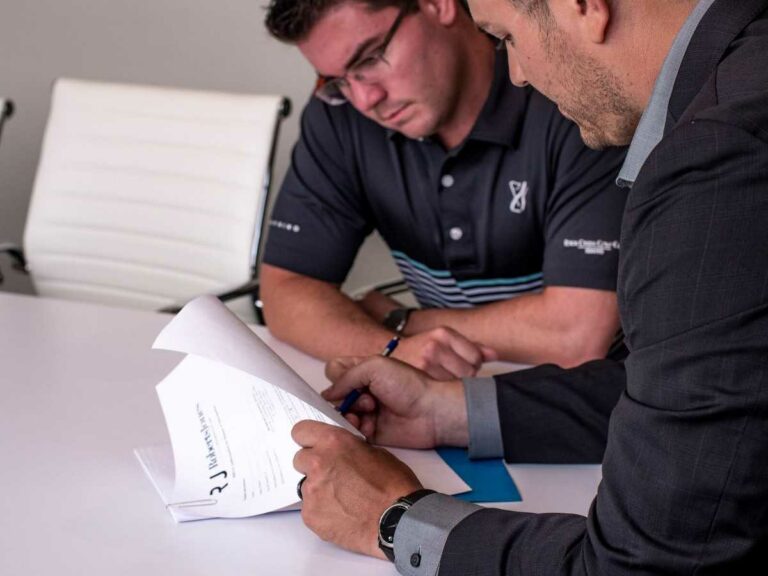Do you know how to safely drive on icy roads?
Icy roads can cause you to lose tire traction even more so than when driving a car in the rain, making them one of the top causes of car accidents.
A number of drivers lose control of their cars and get into accidents when the roads are icy. Sometimes, it is best to stay home or remain where you are until snow plows or road crews have done their work to melt the ice.
If you get into a car accident on a snowy or icy road, you will certainly be late in arriving at your destination and since you can’t always call into work claiming a “snow day,” our firm’s car accident attorneys think that it is better to learn how to correctly drive in the snow and ice.

Driving Safely On Icy Roads To Prevent Car Accidents
Sometimes you can’t prevent crashes on icy roads because vehicles might be out of control, but there are ways you can be prepared.
When it comes to icy roads, we believe that you have to be prepared for what is known as the coefficient of friction (a way of defining how “slippery” a surface is). The best way is to check the weather for the entire route you are driving if the forecast calls for any unusual conditions. Also, be sure to properly maintain your vehicle’s tires and visibility. If you are on a road that is slippery, cannot see, and your tires are giving out, then you can imagine the slippery consequences.
Technology can help, but it will not solve all the problems of icy roads. A few important features that you should know about when it comes to your car and icy roads are the “anti-lock brake system” (ABS) and “all-wheel drive” (AWD).
When you put your foot on the brake and hold it there, the ABS begins cycling — you will feel pulses in the pedal or hear the system working. For icy roads, ease up slightly on the pedal until the pulsing happens only once a second. If your vehicle does not have ABS, you’ll have to rely on the old-fashioned system: you.
For non-ABS cars on a mixed-surface road, push the brake pedal hard until the wheels stop rolling, then immediately release the brake enough to allow the wheels to begin turning again. Repeat this sequence rapidly. This is not the same as “pumping the brake.” Your goal is to have the tires producing maximum grip regardless of whether the surface is snow, ice, or damp pavement.
All-wheel drive (AWD) and electronic stability control can get you into trouble by offering a false sense of security. AWD can only help a vehicle accelerate or keep moving, but it can not help you go around a snow-covered turn, much less stop at an icy intersection.
Tips For Avoiding Car Accidents On Icy Roads
1. Get a grip. To have adequate snow traction, a tire requires at least 6/32-inch deep tread and most passenger-car tires manufactured today usually have 10/32-inch of the tread. Ultrahigh-performance summer tires have little or no grip in snow. Even all-season tires don’t necessarily have great snow traction. If you live where the roads are regularly covered with snow, use snow tires (sometimes called winter tires by manufacturers). If they have a “snowflake on the mountain” symbol on the sidewall, then they meet a tire industry standard for snow traction.
2. Make sure you can see. Be sure to maintain the functionality of your windshield wiper blades, and clean the inside of your windows thoroughly. Make sure your windshield washer system works and is full of an anti-icing fluid by draining older fluid by running the washers until new fluid appears. Switching fluid colors makes this easy.
3. Run the air-conditioner. In order to remove condensation and frost from the interior of windows, engage your air-conditioner and select the fresh air option. It is fine to set the temperature on hot, which many vehicles automatically do when you choose the defrost setting.
4. Check your lights. You should first make sure your headlights and taillights are clear of snow. Use your headlights so that others will see you and if you have an older car with sand-pitted headlights, get a new set of lenses.
5. Take A Brake. Learn how to get maximum efficiency from your brakes before an emergency. It is easy to properly use antilock brakes: Stomp, stay and steer. Stomp on the pedal as if you were trying to snap it off, stay hard on the pedal, and steer around the obstacle. A little bit of steering goes a very long way in an emergency.
6. Watch out carefully for “black ice.” If the road looks slick, it probably is. This is especially true with one of winter’s worst hazards: black ice. Also called “glare ice”, this is nearly transparent ice that often looks like a harmless puddle or is overlooked entirely.
7. Too much steering is bad. If a slick section in a turn causes your front tires to lose grip, the common but incorrect reaction is to continue turning the steering wheel. If the icy conditions end and the front tires regain grip, your car will dart whichever way the wheels are pointed.
8. Avoid rear-tire slides. First, choose a car with electronic stability control (ESC). Fortunately, ESC will be mandatory on all 2012 models. Next, make sure your rear tires have at least as much tread as your front tires. Always remember, if you buy winter tires, do it for all four-wheel.
Roberts Jones Law Is Here To Serve Your Legal Needs During Personal Injury Cases
If you have been involved in an accident and there are multiple parties involved, you need legal services from an experienced personal injury attorney from Roberts Jones Law. Our attorneys at Roberts Jones Law have the expertise and experience necessary to effectively handle multiple insurance companies simultaneously and to build a case designed to protect your rights and interests.
At Roberts Jones Law we will provide you with the guidance, care, and support needed to secure the compensation you deserve. If you have been injured as a result of someone’s carelessness, breach of duty of care, or deliberate act, you have rights under the law to seek compensation for your damages.
Trust the attorneys at Roberts Jones Law when you want legal services catered to your individual needs.
This article is for informational purposes only and does not contain legal advice






